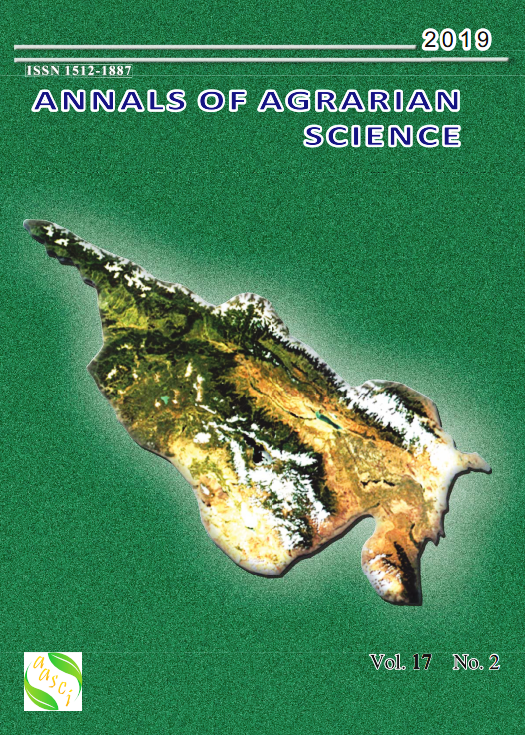Application of Blue-green Alga Spirulina for removing Caesium ions from polluted water
Abstract
The presented work concerns studying a possibility of using blue-green alga (cyanobacteria) Spirulina (Spirulina platensis) for removal of Caesium ions form polluted waters. For this aim, tolerance of alga to Cs+ ions, in particular, influence of different concentrations of heavy metal on ultrastructure of Spirulina cells, as well as on biomass production by Spirulina and chlorophyll accumulation in alga cells have been studied. According to obtained data, the highest concentration of Cs+ (100 ppm) blocked biomass formation only by 25%, and the content of chlorophyll decreased by 20%. This concentration of heavy metal caused only an increase of hydrocarbons- containing space between lamella in Spirulina cells, which can be a result of accumulation of Cs+ ions in alga cells. Thus, 100 ppm concentration of Cs+ ions has been chosen for testing possibility of using Spirulina to clean arti-ficially polluted water in the model large-scale experiment. The obtained data have shown that Spirulina has capability to assi-milate up to 90% of Cs+ ions from polluted water during 15 days. These results indicate that Spirulina is potentially useful for cleaning waters polluted with nonradioactive Cs+ ions as well as with 137Cs+ ions.



